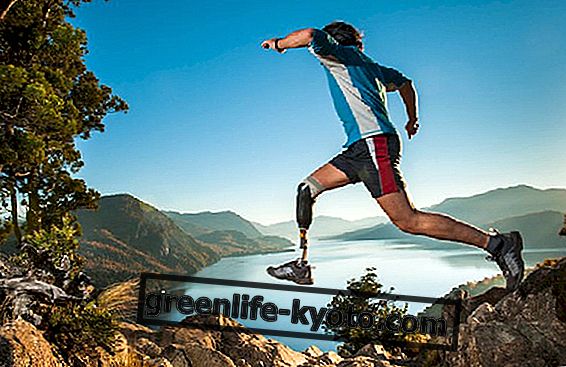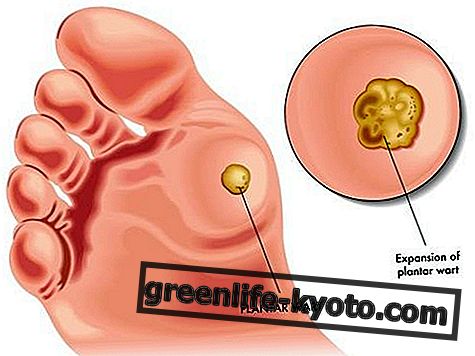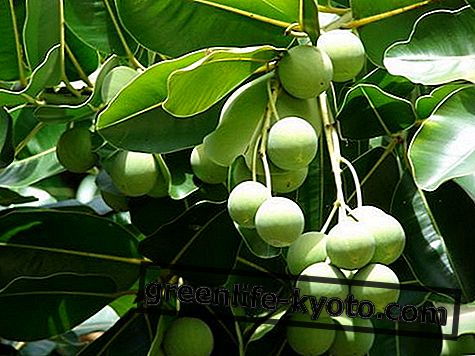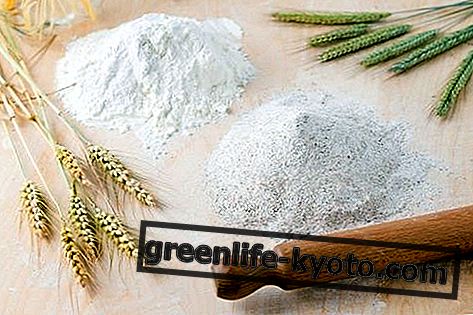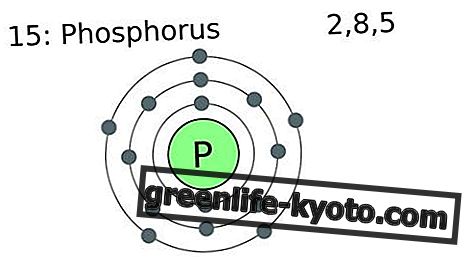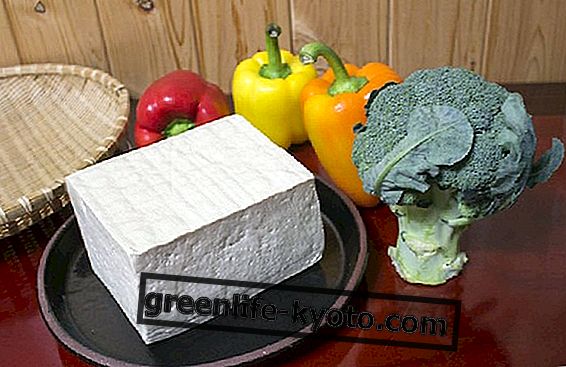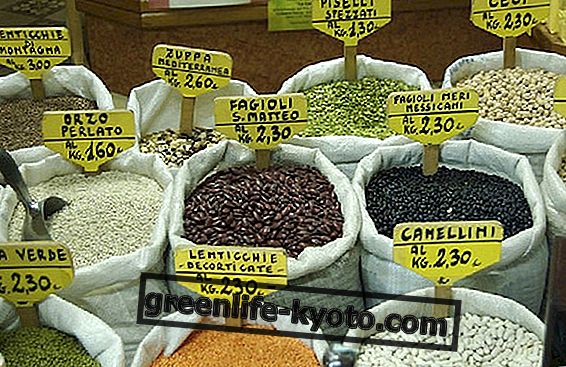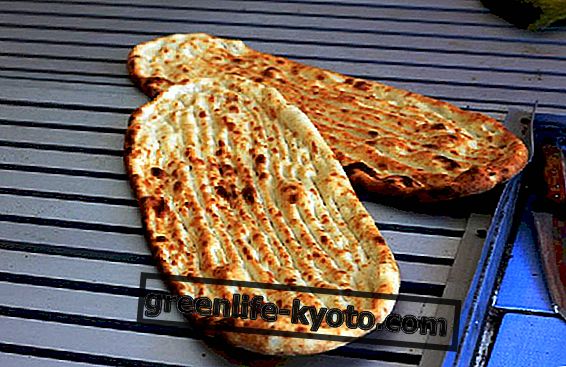
Unleavened bread recipe
Poor because made of very few ingredients, it is the classic bread "without" : without salt, without yeast, without seasoning, only with flour and water.
Unleavened bread is a typical food of Jewish cuisine, symbolic and used especially at Easter, as it recalls the exodus from Egypt, hastily prepared by the Jewish population on the run.
Translated from the Hebrew "Matza, Matzah or Matzo " the unleavened bread ( from the Greek: without yeast ) has, as we have seen, an ancient origin and can be found in numerous variants.
First of all it must be said that it can be prepared with whole wheat flour or with white refined flour; the base can be of various cereals: wheat, spelled, barley, rye, oats, but also rice, corn and buckwheat for the intolerant .
Perhaps not everyone knows that it can be prepared in a crunchy version and in a softer variant, it exists both round and square, as usually found on the market. Here we see the basic crunchy variant and the softer gluten-free variant.
Read also Bread in the world >>
Simple recipe of unleavened bread
Ingredients for about 8 sheets
> 500 g of flour;
> 250 ml of warm water;
> salt should not be used, but for those who are not used it can also be done with 5 grams of fine salt .
Preparation
All the ingredients are mixed together on a pastry board or in a bowl for about 10 minutes, reaching a soft and elastic consistency. Give the dough a round shape and wrap it in a transparent film for an hour, leaving it to rest at room temperature.
The dough is then resumed, worked for a couple of minutes more and balls of the same size are formed. Then roll the balls with a rolling pin on a floured surface, reaching 2 millimeters thick (they must be very thin!).
You can cook both on the non-stick plate on the stove turning them on both sides, but also in the oven at 200 ° for a few minutes, better if on the special stone for cooking.
Unleavened bread for intolerant people
Ingredients for 4/5 buns :
> 200 g of whole or refined rice flour;
> 50 g of buckwheat flour;
> 1 tablespoon of extra virgin olive oil (optional);
> 1/2 teaspoon of salt to taste;
> 1/2 glass of water.
Preparation
Boil the water, then add it in a bowl to the two flours and then possibly to the salt. Add the oil and mix with a fork, mix well with your hands for about 10 minutes.
Form a ball and let the dough rest for about half an hour covered with a cloth. Take it back and form balls of the same size that you will roll out with a rolling pin, forming half-centimeter thick buns.
You can then cook them on the non-stick plate directly on the stove, or in the oven in a pan or better on the stone to cook, turning them on both sides.
To enrich : for those who wish, unleavened bread can be enriched with seeds such as flax, sesame, poppy; it can also be seasoned a little more by brushing the hot plate with a little oil.
It is a bread that is preserved for a long time in the kneading trough and the Jewish kitchen uses it to prepare also many other traditional recipes.
Curiosity: of unleavened bread there is also a variant with eggs and a very similar type of unleavened bread; in Armenia, very similar, there is the "lavash", while a northern unleavened bread, called "bannock", is documented since the year 1000 in Scotland!
